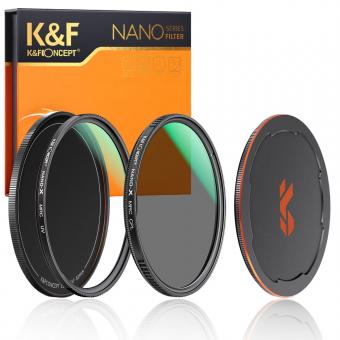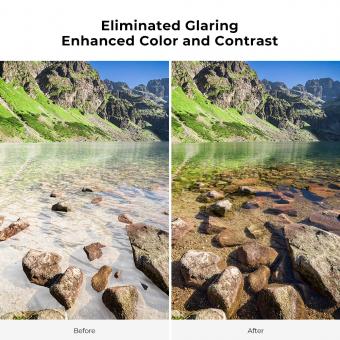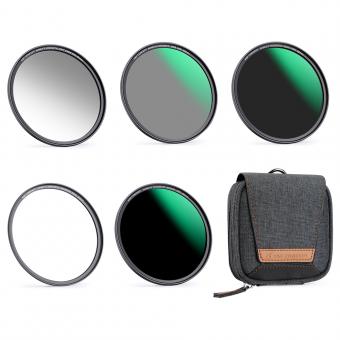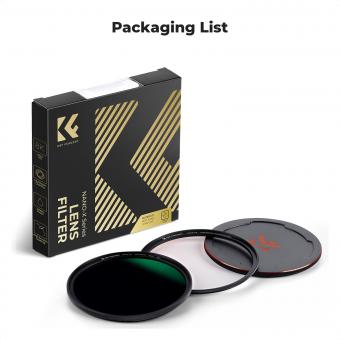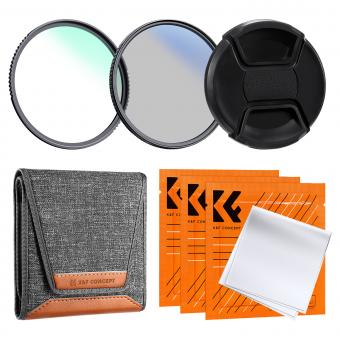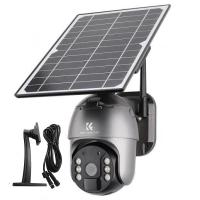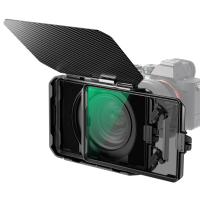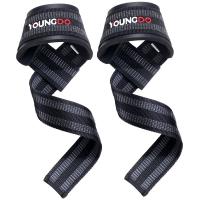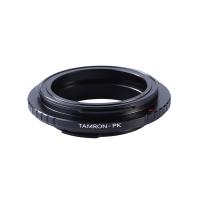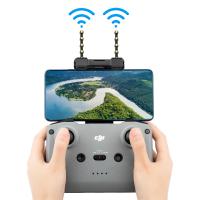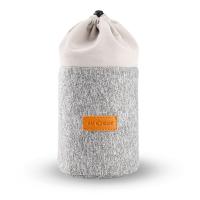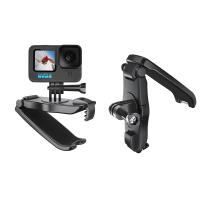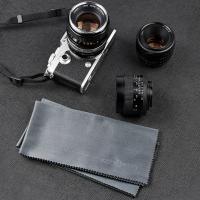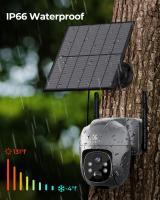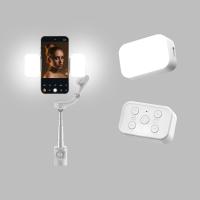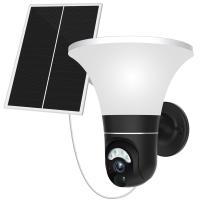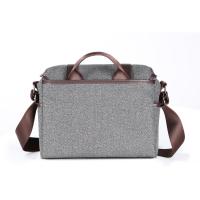How To Use Uv Filter ?
A UV filter is a type of camera filter that is used to block ultraviolet light from entering the camera lens. To use a UV filter, simply screw it onto the front of your camera lens. It is important to make sure that the filter is the correct size for your lens, as filters come in different sizes.
Once the filter is attached, you can use your camera as you normally would. The UV filter will help to reduce haze and improve the clarity of your photos, especially when shooting outdoors in bright sunlight. It can also help to protect your lens from scratches and other damage.
When using a UV filter, it is important to keep it clean and free from smudges or fingerprints. You can clean the filter using a microfiber cloth or lens cleaning solution. It is also a good idea to remove the filter when shooting indoors or in low light conditions, as it can reduce the amount of light that enters the lens and affect the exposure of your photos.
1、 Purpose of UV filters
Purpose of UV filters:
UV filters are designed to block ultraviolet light from entering the camera lens. Ultraviolet light can cause hazy and blurry images, especially in outdoor photography. UV filters can also protect the camera lens from scratches, dust, and other debris.
In addition to improving image quality and protecting the lens, UV filters can also be used to reduce the effects of atmospheric haze. This is particularly useful when photographing landscapes or other outdoor scenes where the air may be polluted or hazy.
How to use UV filters:
Using a UV filter is simple. First, remove the lens cap from your camera lens. Then, screw the UV filter onto the front of the lens. Make sure the filter is securely attached and aligned properly.
Once the filter is attached, you can use your camera as you normally would. The filter will block ultraviolet light and protect your lens from scratches and other damage.
It's important to note that not all photographers use UV filters. Some argue that the filter can reduce image quality and cause unwanted reflections or lens flare. However, many photographers still find UV filters to be a useful tool for improving image quality and protecting their equipment.
In recent years, there has been some debate about the effectiveness of UV filters in digital photography. Some argue that modern digital cameras are already equipped with UV filters and that adding an additional filter can actually reduce image quality. However, others still find UV filters to be a useful tool for outdoor photography and lens protection. Ultimately, the decision to use a UV filter is up to the individual photographer and their specific needs and preferences.
2、 Types of UV filters
How to use UV filter:
Using a UV filter is a simple process. First, ensure that the filter is the correct size for your lens. Then, screw the filter onto the front of your lens. The filter will block UV light from entering your camera, reducing haze and improving the clarity of your images. It is important to note that a UV filter will not affect the color balance of your photos.
Types of UV filters:
There are two main types of UV filters: coated and uncoated. Coated filters have a special coating that helps to reduce reflections and improve image quality. Uncoated filters are less expensive but may not provide the same level of protection as coated filters.
In recent years, there has been some debate about the effectiveness of UV filters. Some photographers argue that modern digital cameras are already equipped with UV filters and that adding an additional filter can actually reduce image quality. Others argue that a UV filter can still provide some protection against scratches and other damage to the lens.
Ultimately, the decision to use a UV filter is up to the individual photographer. If you do choose to use a filter, be sure to invest in a high-quality, coated filter to ensure the best possible image quality.
3、 Installation and removal of UV filters
How to use UV filter:
Using a UV filter is a simple process. First, ensure that the filter is the correct size for your lens. Then, screw the filter onto the front of your lens. The filter will now protect your lens from UV rays and other potential damage.
It is important to note that a UV filter should be used in conjunction with other protective measures, such as a lens hood and proper storage. Additionally, some photographers argue that using a UV filter can negatively impact image quality, while others believe that the benefits outweigh any potential drawbacks.
Installation and removal of UV filters:
To install a UV filter, simply screw it onto the front of your lens. To remove it, unscrew it in the opposite direction. It is important to handle the filter carefully to avoid damaging it or the lens.
Some photographers choose to leave their UV filter on their lens at all times, while others only use it in certain situations. Ultimately, the decision to use a UV filter and how to use it is up to the individual photographer and their specific needs and preferences.
In recent years, there has been some debate about the effectiveness of UV filters in digital photography, as many modern lenses are already coated to protect against UV rays. However, some photographers still choose to use UV filters as an added layer of protection for their lenses.
4、 Maintenance and cleaning of UV filters
How to use UV filter:
Using a UV filter is quite simple. All you need to do is screw it onto the front of your lens. It is important to make sure that the filter is the correct size for your lens. Once it is attached, you can leave it on your lens at all times. The filter will protect your lens from scratches, dust, and other debris. It will also help to reduce the amount of UV light that enters your camera, which can improve the quality of your photos.
Maintenance and cleaning of UV filters:
To maintain your UV filter, it is important to keep it clean. You can use a microfiber cloth to wipe away any dust or debris that may have accumulated on the filter. If there are any smudges or fingerprints on the filter, you can use a lens cleaning solution and a lens cleaning cloth to gently clean the filter. It is important to avoid using harsh chemicals or abrasive materials, as this can damage the filter.
In recent years, there has been some debate about the effectiveness of UV filters. Some photographers argue that modern lenses are already designed to block UV light, so using a UV filter is unnecessary. However, others argue that a UV filter can still provide some protection for your lens and improve the quality of your photos. Ultimately, the decision to use a UV filter is up to the individual photographer.



